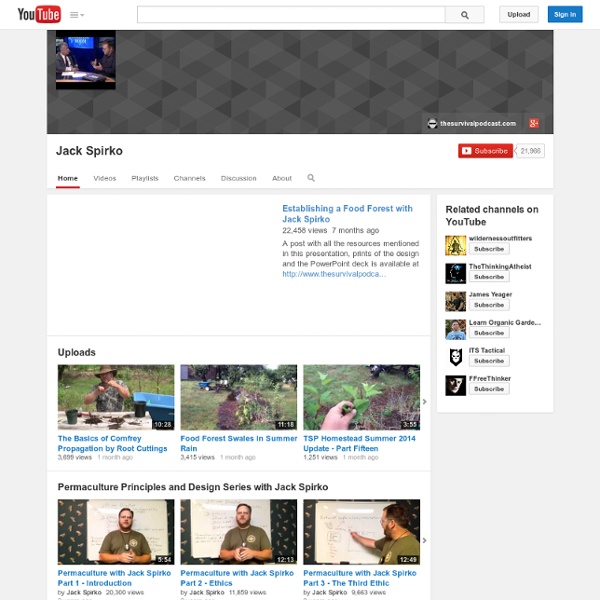



limalife (aka limatunes) Americans who carry a firearm are often viewed as rough, gruff, middle-aged men with over-developed trigger fingers. The truth of the matter is that gun-toters are diverse as America itself. I hope to show the softer side of concealed carry and educate the public on just what it means to be a gun-loving, pistol-packing wife and mother. I welcome questions, comments, suggestions and feedback. I really do try to help people out but because of the way that YouTube has set up their message system it is very easy to lose track of who I talked to already. If you are asking advice on a holster please include the following in your inquiry: 1. 2. 3. 4. 5. This will help me GREATLY in not only narrowing down a holster suggestion but also help me get back to you much faster. Reviews: If any manufacturer is interested in contacting me about reviewing an item, please send inquiries to limatunes@gmail.com.
James Yeager GOT QUESTIONS? ASK HERE: TRAIN WITH US: BUY MY GEAR! FACEBOOK ME! Tactical Response - Virtues of a Warrior You may realize that throughout history there have been Warrior Codes. I. II. III. IV. V. VI. VII. VIII. The Off Grid Project The Do It Yourself World For full details please read my blog post: Ok, a full day and a night of testing the solar powered air conditioning system proves that it can and does work. My stuff costs about $2,000. In this video I show you where to get solar panels as low as 50 cents per watt. My solar panels are off craigslist at 50 cents per watt. 800 watts = $400 My charge controller retails for about 500 The batteries are about 100 each = $600 The inverter retails for about 500 but you can get a tiger claw pure sine wave inverter off amazon for about $179. Check craigslist for second hand or discounted, scratched or dented solar panels. Check sunelec.com for low priced solar panels. The charge controller is an mppt type tristar controller from Show less